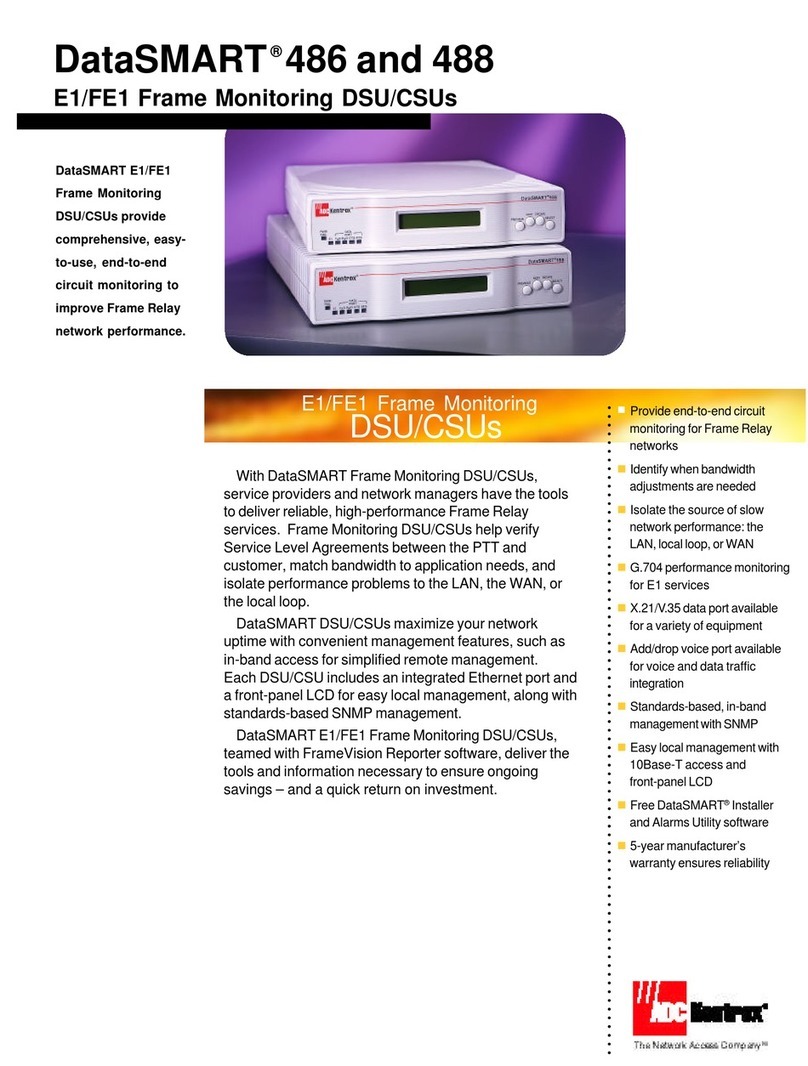
Remote RMX-3200 Version 4.1x Configuration Guide
:
1-6
Configuring TBOS Polling Settings ............................................................................21-7
Configuring an Equipment Type for a TBOS Display .................................................21-8
Configuring the TBOS “Points All” Method ...............................................................21-10
Manually Configuring TBOS Display Points .............................................................21-11
Configuring Cut-Through Support ............................................................................21-13
Configuring a TBOS Control Response with an Event .............................................21-14
Chapter 22: Configuring the SNMP Proxy ............................................22-1
SNMP Proxy Feature Overview .................................................................................22-2
SNMP Proxy Configuration Information .....................................................................22-3
SNMP Templates ...........................................................................................22-3
SNMP NE .......................................................................................................22-4
SNMP Manager ..............................................................................................22-4
Configuring a Mediation SNMP Event Template ........................................................22-5
Configuring a Mediation SNMP Point Template .........................................................22-6
Configuring a Mediation SNMP NE Template ............................................................22-9
Configuring a Mediation SNMP Measurement Template .........................................22-11
Configuring a Mediation SNMP Network Element ...................................................22-15
Configuration Results ...............................................................................................22-17
Chapter 23: Configuring Jobs ..............................................................23-1
Job Configuration Overview .......................................................................................23-2
Script Package Components ..........................................................................23-2
Configuring Access to a Central FTP Package Server ..............................................23-4
Creating and Installing a Script Package ...................................................................23-5
Configuring a Job with a Script Package and Script ..................................................23-7
Configuring a Job with a Job Property .......................................................................23-8
Configuring a Job with a Job Task ...........................................................................23-10
Configuring Job Start Times .....................................................................................23-12
Configuring Dynamic Memory for a Job ...................................................................23-13
Chapter 24: Configuring Modules ........................................................24-1
Module Configuration Overview .................................................................................24-2
Configuring Modules Using Command Line Interface ................................................24-3
Installing Modules ...........................................................................................24-3
Enabling an Optional Application ...................................................................24-4
Realizing and Configuring Network Elements ................................................24-5
Configuring an NE Set ....................................................................................24-7
Initiating a Control Action ...............................................................................24-8
Configuring Modules Using Web Interface ...............................................................24-10
Installing Modules .........................................................................................24-10






























